Premium Only Content

000 Cuchulainn’s Shield
Irish mythology is the body of myths native to the island of Ireland. It was originally passed down orally in the prehistoric era, being part of ancient Celtic religion. Many myths were later written down in the early medieval era by Christian scribes, who modified and Christianized them to some extent. This body of myths is the largest and best preserved of all the branches of Celtic mythology. The tales and themes continued to be developed over time, and the oral tradition continued in Irish folklore alongside the written tradition, but the main themes and characters remained largely consistent.[1]
The Tuatha Dé Danann as depicted in John Duncan's "Riders of the Sidhe" (1911)
The myths are conventionally grouped into 'cycles'. The Mythological Cycle consists of tales and poems about the god-like Tuatha Dé Danann, who are based on Ireland's pagan deities, and other mythical races like the Fomorians.[2] Important works in the cycle are the Lebor Gabála Érenn ("Book of Invasions"), a legendary history of Ireland, the Cath Maige Tuired ("Battle of Moytura"), and the Aided Chlainne Lir ("Children of Lir"). The Ulster Cycle consists of heroic legends relating to the Ulaid, the most important of which is the epic Táin Bó Cúailnge ("Cattle Raid of Cooley").[3] The Fianna Cycle focuses on the exploits of the mythical hero Finn and his warrior band the Fianna, including the lengthy Acallam na Senórach ("Tales of the Elders"). The Kings' Cycle comprises legends about historical and semi-historical kings of Ireland (such as Buile Shuibhne, "The Madness of King Sweeny"), and tales about the origins of dynasties and peoples.[3]
There are also mythical texts that do not fit into any of the cycles; these include the echtrai tales of journeys to the Otherworld (such as The Voyage of Bran), and the Dindsenchas ("lore of places"). Some written material has not survived, and many more myths were probably never written down.
Source, Wikipedia.
-
 1:39:21
1:39:21
Sarah Westall
2 hours agoRemote Viewing the Future: Quantum, Financial Reset, Transhumanism & more w/ The Future Forecasters
34K3 -
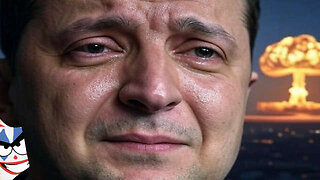 2:18:42
2:18:42
TheSaltyCracker
2 hours agoUkraine Pokes The Bear ReeEEEStream 06-01-25
50.1K170 -
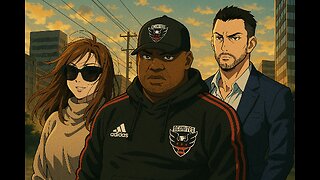 2:45:56
2:45:56
IsaiahLCarter
4 hours agoAPOSTATE RADIO 016: WPATH's Pseudoscientific Insanity (feat. Mia Hughes)
17.9K -
 LIVE
LIVE
TheBeardedNerdd
2 hours ago🔴 LIVE- (CS2) Gaming with CRGOODW1N Streamer/Creator W/ @SelfmadeGGs
108 watching -
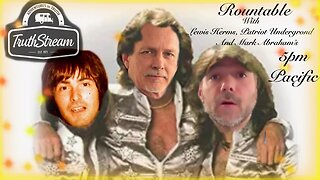 LIVE
LIVE
TruthStream with Joe and Scott
22 hours agoRoundtable with Lewis Herms, Mark Abrahams and Patriot Underground live 6/1 5pm pacific 8pm eastern
415 watching -
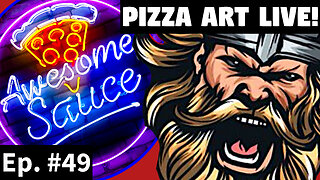 LIVE
LIVE
EricJohnPizzaArtist
5 days agoAwesome Sauce PIZZA ART LIVE Ep. #49: Rumble Gaming Night featuring Scottish Viking Gaming!
154 watching -
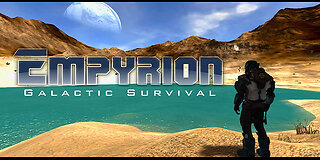 LIVE
LIVE
Misfit Electronic Gaming
5 hours ago"LIVE" Playtest Sunday Funday Join me in testing "Rotten Sails" & Maybe some "Empyrion"
61 watching -
 LIVE
LIVE
CassaiyanGaming
11 hours ago12-Hours of Call of Duty | Sunday at 11am
31 watching -
 13:23
13:23
Exploring With Nug
1 day ago $3.26 earnedWe Recovered A Stolen Truck From The Swamp!
49.7K5 -
 28:59
28:59
Athlete & Artist Show
5 hours ago $1.38 earnedFlorida Panthers Sweep Oilers in Stanley Cup Final?
24.5K1